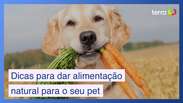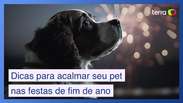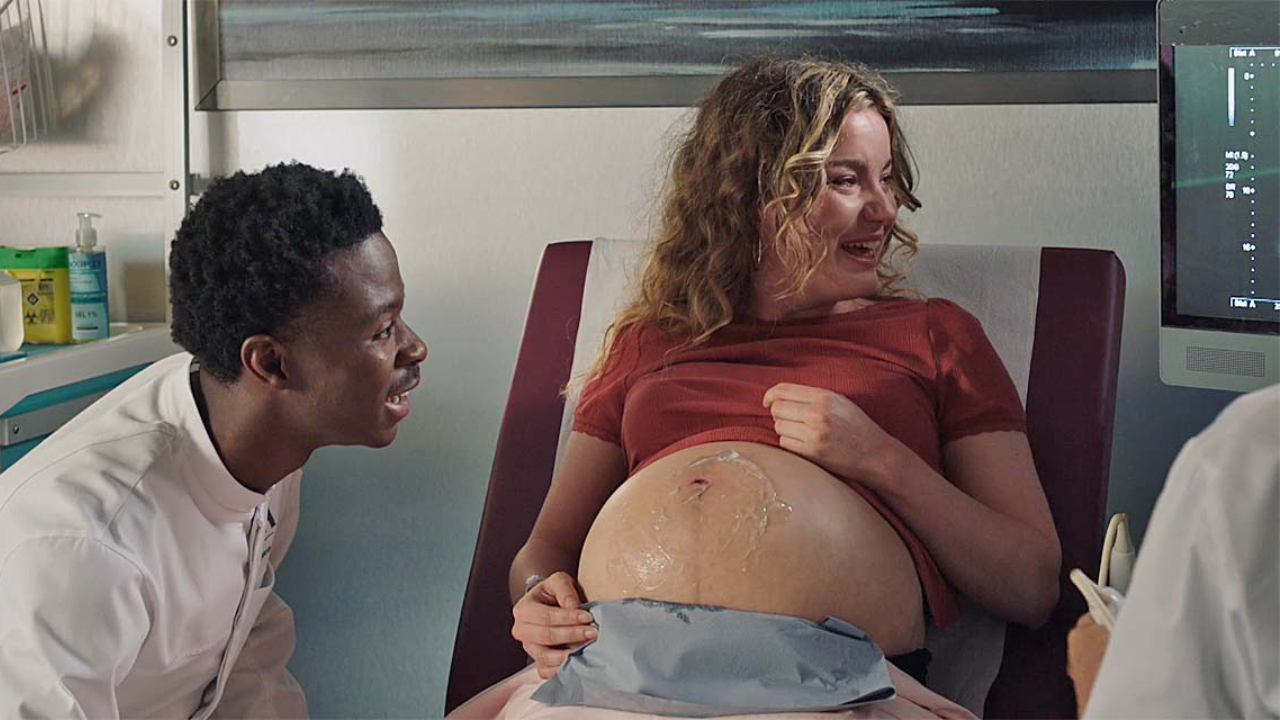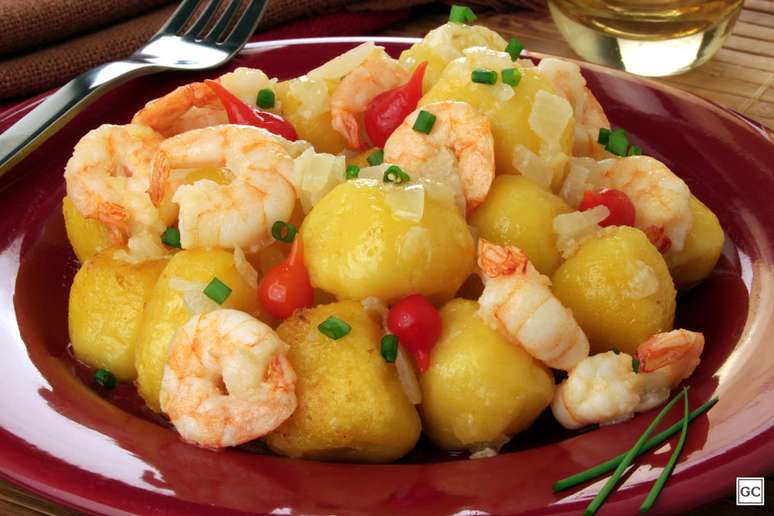The expert teaches how to introduce natural ingredients into your pet’s diet in a gradual and accessible way
Summary
Natural pet food improves blood count parameters and offers numerous benefits, including disease prevention.
-
BY PARTICIPATING

Practical tips for feeding your pet naturally
-
BY PARTICIPATING

The vet gives tips to calm your pet during the holidays
-
BY PARTICIPATING

A man walks with an unusual “pet” in Minas Gerais and goes viral
Natural pet food is gaining more and more supportive owners. In 2014, the Pomona Universityin California, they evaluated the blood counts of 21 dogs that normally ate dry food and had started receiving cooked natural food. With the change in diet, collecting blood four times over the course of a year, scientists noticed an improvement in blood count parameters related to immunity and oxygenation. On the new diet, the dogs also had higher levels of globulins, leukocytes, red blood cells and hemoglobin.
According to Gabriela Corte Real, veterinarian at The Farmnatural pet foods, although the foods are balanced to meet the basic needs of pets, they may not offer the same diversity of ingredients as a varied natural diet.
“Food offers a static formula because the ingredients are generally the same, which is what we call a monodiet. Additionally, it contains a variety of antioxidants used to prevent the risks of oxidation or hydrolysis of fats and oils. Legislation allows the use of these products in safe quantities, however, if used in high quantities, they can cause health risks for the animal,” he points out.
Also worrying, according to the vet, is the overdose of carbohydrates in some foods, which contributes to obesity and, indirectly, to the onset of diabetes, joint problems and heart disease. Another risk factor, explains the expert, is the presence of lower quality ingredients, such as low-quality meat meals and significant quantities of corn and soy – ingredients commonly used to reduce the cost of feed.
“The owner is unsure of the proportions of nutrients added to the feed. It’s up to him to trust the supplier. There are reliable brands, others less so. If your search is based on price, you need to be especially careful. Even in relation to what we can see there are risk factors: artificial colourings, for example, are added to make food more palatable, but they do not bring nutritional benefits to pets and can, in some cases, cause allergic reactions”. explains.
How to start the transition
Despite the convenience of pet foods, advocates of natural pet nutrition point out that the quality of ingredients found in natural foods is generally superior to that of commercial pet foods. “Diets without additives and which have only undergone processing (freezing and pasteurization) are considered natural to make them suitable for pet food production and retain all essential nutrients. I don’t include raw foods here,” underlines the vet.
Benefits of incorporating natural ingredients into your pet’s diet include:
• Improved digestion: Natural ingredients are digested more easily, resulting in less pet stool and better nutrient absorption.
• Healthier skin and coat: The natural diet is usually rich in essential fatty acids, such as omega-3 and omega-6, which contribute to healthy skin.
• Weight control: Natural diets can be customized to the pet’s individual needs, helping with weight control.
• Increased energy and vitality: Nutrients improve your willingness to carry out daily activities.
• Reduction of allergies: Eating natural allows you to avoid artificial and low-quality ingredients, such as colorants and preservatives, which can trigger food allergies.
• Disease prevention: A diet rich in nutrients and antioxidants strengthens the immune system, preventing chronic diseases such as: obesity, diabetes and joint problems.
• Control of digestive problems: Natural diets can be formulated to improve gastrointestinal health, especially in pets with food sensitivities or chronic digestive problems.
The veterinarian explains that one of the taboos surrounding the transition from industrial products to natural ones is the price. “It is possible to incorporate 200 g of natural yogurt, 3 drops of non-alcoholic propolis and half a carrot into the dry food. This means you can swap investments in industrialized ingredients for healthier ingredients,” he says.
“Small increases in the diet are already able to modify a nutritional deficit, also helping to solve health problems that could arise from it, such as some skin or intestinal flora problems,” adds Gabriela, who is part of the Maria project, of A Quinta, a free virtual assistant created to guide owners in including natural ingredients in their dog’s diet.
The specialist also clarifies the fear of some owners of not being able to maintain the routine of offering natural food, especially during trips and holidays. “In these cases, commercial feed can be offered as a temporary solution,” he points out.
Step by step for the transition
“A common mistake when adopting natural food is trying to replicate the human diet or copy the diet of other pets, without taking into account that the nutritional needs of pets are very different,” Gabriela points out.
The first and most important step in switching from an industrialized diet to a natural one is to consult a veterinarian or a specialized zootechnician who can formulate a diet and calculate the exact portions of the food, taking into account factors such as age, breed, weight, level of physical activity, health conditions and even food preferences.
Start making the transition gradually. Start by replacing a small portion of commercial food with natural food (10-20% of the meal) and increase this proportion over 7-14 days. This prevents gastrointestinal upset, such as diarrhea or vomiting, and allows the pet’s digestive system to adapt to the new diet.
Your veterinarian recommends adding natural ingredients to dry food, rather than wet food, because it is easier to control the portions of natural foods added.
The recommendation is to rotate ingredients, considering a variety of protein, vegetable and fruit sources in the diet to ensure the animal has a range of nutrients over time. “It’s a different scenario than the monodiet that rations generally offer,” he underlines.
And when to follow a 100% natural diet? According to the A Quinta veterinarian, the ideal time to introduce a 100% natural diet depends on several factors: “If, after a period of 1 or 2 weeks, the animal reacts well to the new foods, with energy, normal stools and without signs of discomfort, the diet with natural ingredients can be fully followed,” he specifies.
inspires transformation in the world of work, in business, in society. Compasso, a content and connection agency, is born.
Source: Terra
Rose James is a Gossipify movie and series reviewer known for her in-depth analysis and unique perspective on the latest releases. With a background in film studies, she provides engaging and informative reviews, and keeps readers up to date with industry trends and emerging talents.





-1iukw1rasftya.jpg)

